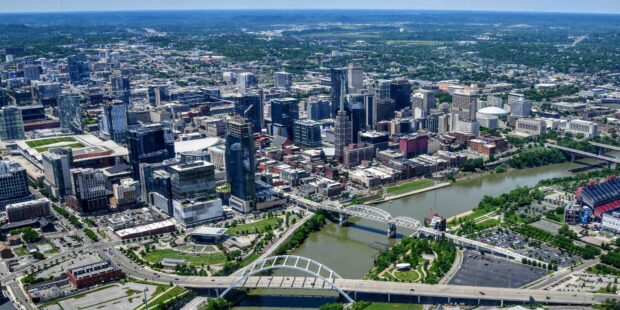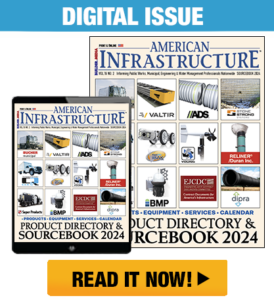
Vision Zero, an international effort to achieve zero deaths and serious injuries on roadways, is taken on by the city
By Diana Alarcon
Have you heard of the five E’s–engineering, encouragement, education, enforcement and evaluation? These are the guiding principles of Vision Zero, an international effort to achieve zero deaths and serious injuries on roads. In 2022, it is estimated by the National Highway Traffic Safety Administration that 42,795 motorists died on United States roadways 2022. In that same year, we lost 7,508 pedestrians and 7,508 cyclists. That is the highest count since 1981. As a response to this crisis, more and more cities are adopting Vision Zero.
Talking about death is hard, but if you want to be a great city, leaders must realize that people are dying on our streets. In Nashville, Tennessee, city leaders adopted a Vision Zero plan in October 2022. We set a goal of reaching zero fatalities and serious injuries by 2050. That may seem a long way off, but most of us in the infrastructure business know that it takes a minimum of five years from planning and community engagement to engineering design to have a project shovel-ready. Heck, I have seen communities planning for infrastructure projects take over 15 years.
A Vision Zero plan identifies a city’s high-injury network. These are streets where the most crashes and serious injuries occur. In 2022 alone, the Nashville Metro area lost 136 lives on our street network. Using the five E’s, you can start methodically redesigning streets and improving infrastructure. Complete Streets’ guiding principles and national best practices can help develop infrastructure to support all modes. Collaborating with other peer cities that have adopted Vision Zero is extremely beneficial. Since evaluation is one of the E’s, you can learn from other efforts. It’s about continuous improvement.
In 2022, it is estimated by the National Highway Traffic Safety Administration that 42,795 motorists died on United States roadways in 2022…. As a response to this crisis, more and more cities are adopting Vision Zero.”
In our five-year plan, we prioritized quick builds. These are low-hanging opportunities to improve the network for the most vulnerable users—people walking and biking. Improving signalization with leading pedestrian intervals (LPI) gives the pedestrian priority in crossing the street. In recent decades, most cities have prioritized moving cars safely, but have taken away space for pedestrians and cyclists. Giving pedestrians crossing a six-lane street network more time reduces the conflicts for vehicles turning left or right. Another quick-build practice is referred to as tactical urbanism. By using paint, delineators or sustainable car stops to create crosswalks, refuge islands and tighter turn radius, safer passages are built in a short span for pedestrian movement. Asphalt should be considered a canvas for public art.
Infrastructure improvements on a roadway are not always quick though. Some projects require collaboration between multiple agencies when a street is engineered. Rebuilding a street is expensive, so consider all utility needs when assessing a project. Water, sewer, electric, gas and telecommunication should be included in discussions when starting a project. Consider the next 50 years – what transportation opportunities should be considered for future growth? After all, cities are getting bigger, not smaller. All cities need a balanced, sustainable and safe transportation network to ensure quality of life and walkability. These are key elements to being a great city.
The Vision Zero framework provides ample guidance for creating safe streets for all modes. It’s important to not only identify a goal to reach zero fatalities and serious injuries but to measure them annually to reduce the deaths and serious injuries. A city’s Vision Zero plan will help identify the vulnerabilities in the current street network design and identify where crashes are occurring, what modes are impacted and why. Knowing the causes will guide how to educate and enforce on your community.
In Nashville, we learned that the three leading causes of traffic violence are speed, driving under the influence and being distracted. That’s for all the modes—people driving, walking and biking. Think about it. Cars move fast. Drivers believe they’re in control. People love their phones. These behaviors are costing lives. In addition, people are dying in car crashes because they’re not wearing seatbelts. Working with state agencies to encourage people to wear seatbelts has become an important focus and other public health messaging is key to saving lives.
Getting infrastructure right for all modes has never been more critical. Traffic deaths are on the rise. A Vision Zero lens allows agencies to see the problems and provides a framework for creating safe streets for all. We are all responsible for saving lives and sharing the road.
Diana Alarcon is the director of the Nashville, Tennessee Department of Transportation and Multimodal Infrastructure.














